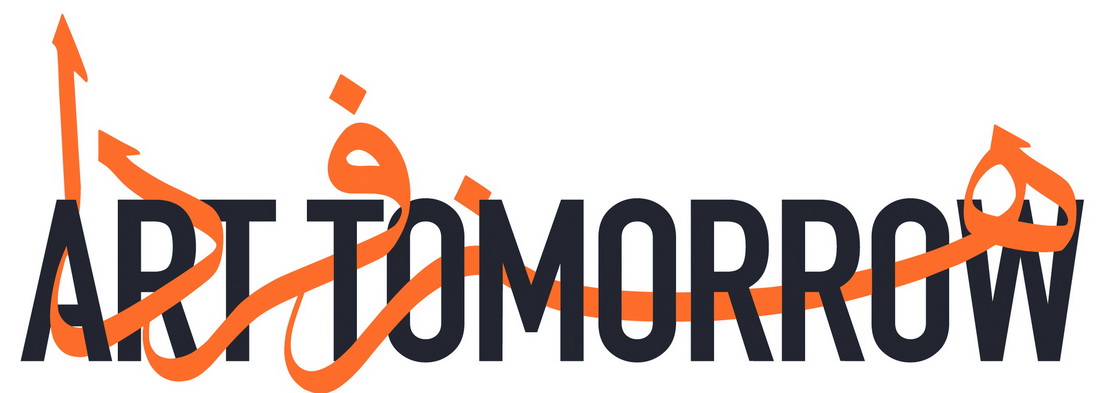Review of “Bimarz” | “Spaceless” Exhibition in Tehran (September 9-18, 2011)
“Bimarz” (literally, “without borders”) was a groundbreaking exhibit at Tehran’s Siin Gallery in September 2011. The show was the outcome of Iran’s first art contest to be conducted through an entirely online juried process. Curated by Tehran-based artist Neda Darzi and Nikoo Niknam, “Bimarz” was indeed remarkable for transcending the boundary between the public space of the actual artistic scenes of Tehran and the virtual public sphere, where Iranian artists dwell, via their computers and in the privacy of their homes.
Featuring the work of young and up-and-coming artists from various media— including painting, illustration, video, drawing, photography, and sculpture— the exhibition was not unlike many other illustrative shows that take place in the capital’s numerous art galleries. What made “Bimarz” an exceptional event, however, was the way in which the exhibited artworks were selected by an international board of judges (including Agnes Kohlmeyer, Annegret Soltau, Edward Lucie-Smith, Ahmad Nadalian, Ahmad Kiarostami, and Simin Dehghani), who evaluated the works through an online database called Persbook. Among three hundred and fifty participants who submitted their artworks on Persbook, only twenty-seven artists had a chance to present their works at Siin.
Until recently, most art institutions in Iran were committed to promoting the figure of the artist and encouraging the production of objects d’art, rather than philosophizing and theorizing art. By contract, “Bimarz” exemplifies a rising trend in Iran’s artistic scenes that is inclined towards “art-thinking,” rather than mere “art-making” endeavors. One may speculate that the underlying premise of “Bimarz” was to criticize the official juried shows and the role of local institutions of art. But there is more to the artistic accomplishments of Persbook than just an institutional critique.
Although Persbook is a novel artistic experiment in Iran, one may stumble on its genealogy elsewhere. A new platform where the roles of the “expert,” the “author,” and the “amateur” are constantly being reconfigured, Persbook evokes the Duchampian ready-mades and recalls the Fluxkits of the Fluxus. Above all, it brings to mind the activities of the Moscow underground conceptualists of the 1970s and 1980s. Just as a total of three hundred and thirteen entries in “Bimarz” were only there to be contemplated, the artifacts and ritual-like performances produced by Moscow conceptualists were vital only insofar as they stimulated a debate; they served no purpose other than to be talked about. Indeed, Persbook’s juried shows have subordinated the individual aesthetic object to a greater cause.
What remains challenging in this process of “art-thinking” is the extent to which it jeopardizes professionalism. Websites and social networking services like YouTube has created opportunities for almost anyone to be engaged in some sort of imaginative practice. But it is not easy to assess the value of such artistic undertakings through their computer-generated manifestations. The critics and jurors involved with Persbook have ensured that these issues are addressed in ensuing panel discussions in the openings of the shows as well as in various Iranian popular media, including the daily newspaper Hamshahri & Shargh that have attempted to convey the objectives of Persbook. But professional curators and art critics in Iran have yet to develop their skills as gatekeepers of online juried shows. What can we do to prevent art from collapsing into the amateurs’ leisure pursuits? More importantly, how can we be sure that the debates generated by widely accessible content of shows such as “Bimarz” lead to sustained and instructive “art-thinking” means? One might also question the role of Persbook as an autonomous public site. In fact, it is quite apt to regard Persbook as a venue that borders on what political scientist Nancy Fraser and literary critic Michael Warner have termed “counter public” —a site which is subordinated in some way to the dominant public sphere. Indeed, Persbook has allowed narratives to be constructed and dialogues to be stimulated about the work of numerous young Iranian artists who are not given the opportunity to display their works in limited physical spaces of Tehran’s art scenes. Above all— and particularly as a “counter public” site—Persbook has the potential to operate as a springboard from which alternative dispositions and protocols will continue to emerge. Written by Pamela Karimi :Assistant Professor of Art History College of Visual and Performing Arts, University of Massachusetts Dartmouth.
Pamela Karimi

